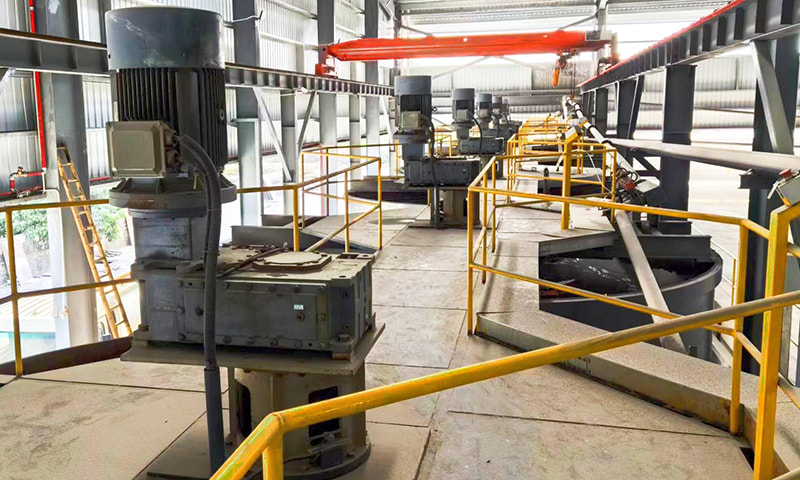In the modern construction industry, Autoclaved Aerated Concrete (AAC) blocks are widely used in residential, commercial, and industrial buildings due to their lightweight, high strength, thermal insulation, and soundproofing properties. One of the critical factors ensuring the quality of AAC blocks is their curing process.
Overview of the Curing Process of AAC Blocks
The production process of AAC blocks includes raw material preparation, mixing, casting, pre-curing, cutting, and autoclaving. Among these, autoclaving is the key step, where high-temperature and high-pressure steam promotes the full hydration reaction within the blocks, achieving the required strength and stability.
Typically, the autoclaving period for AAC blocks is around 10–12 hours, divided into:
Heating Phase (2–3 hours): Gradually raising the temperature to the target level.
Holding Phase (6–8 hours): Maintaining high temperature to promote complete hydration.
Cooling Phase (2–3 hours): Gradually lowering the temperature to prevent cracking caused by sudden temperature changes.
Impact of the Curing Period on Production Line Efficiency
The length of the curing period directly affects the efficiency and cost-effectiveness of an AAC block production line. A prolonged curing period can reduce production capacity, while a too-short period may compromise block quality. Therefore, optimizing the curing process is crucial for improving overall production efficiency.
Application of Automated Control Systems
Modern AAC block production lines commonly use automated control systems to monitor temperature and pressure in real time during autoclaving, ensuring consistent and stable curing.
Optimization of Autoclaving Equipment
Efficient autoclaving equipment can shorten heating and cooling phases, enhancing production efficiency. For instance, multi-chamber autoclaves allow simultaneous processing of multiple batches of blocks, reducing waiting time.
Adjustment of Raw Material Ratios
Proper raw material ratios not only improve block performance but also influence curing efficiency. For example, slightly increasing the gypsum content can accelerate the cement hydration reaction, thereby shortening the curing period.
Role of AAC Block Production Line Manufacturers
AAC block production line manufacturers play a vital role in optimizing the curing process. They provide high-quality equipment and customized solutions tailored to client requirements.
The table below highlights several notable AAC block production line manufacturers and their key features:
| Manufacturer | Key Features | Representative Products |
|---|---|---|
| Lontto | Over 30 years of experience, equipment exported to 60+ countries | Automated AAC production line |
| QUNFENG | Full automation control system, supports multiple block sizes | High-efficiency AAC production line |
| AGICO CEMENT | Provides EPC solutions covering planning, design, installation | Customized AAC production line |
Conclusion
The curing period of AAC blocks is a critical factor influencing both product quality and production efficiency. Optimizing the autoclaving process, implementing advanced automated control systems, using efficient autoclaving equipment, and adjusting raw material ratios can effectively enhance production line performance and block quality. AAC block production line manufacturers play a key role by providing innovative technologies and optimized equipment that support industry development.






